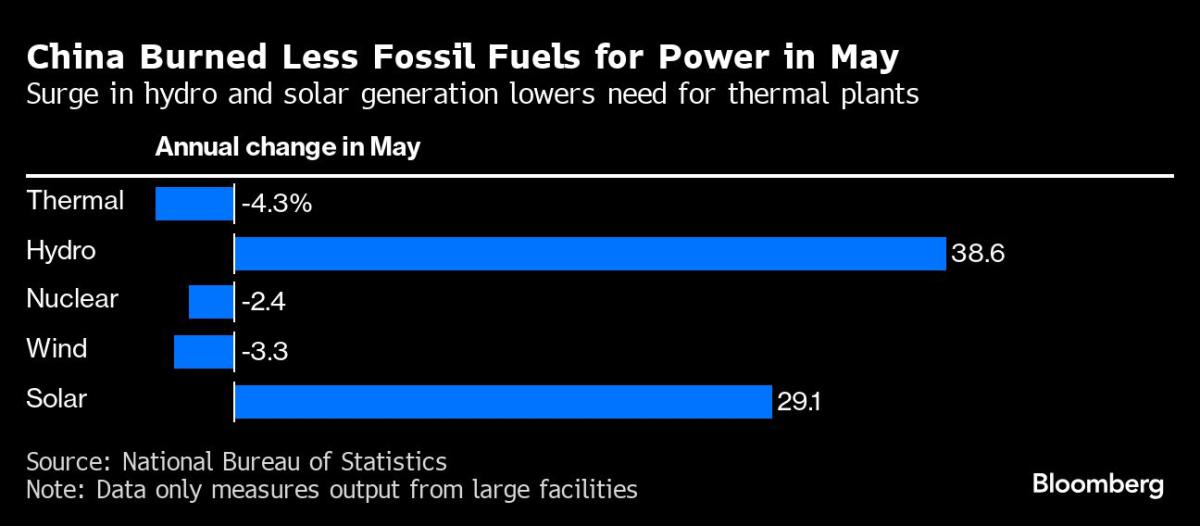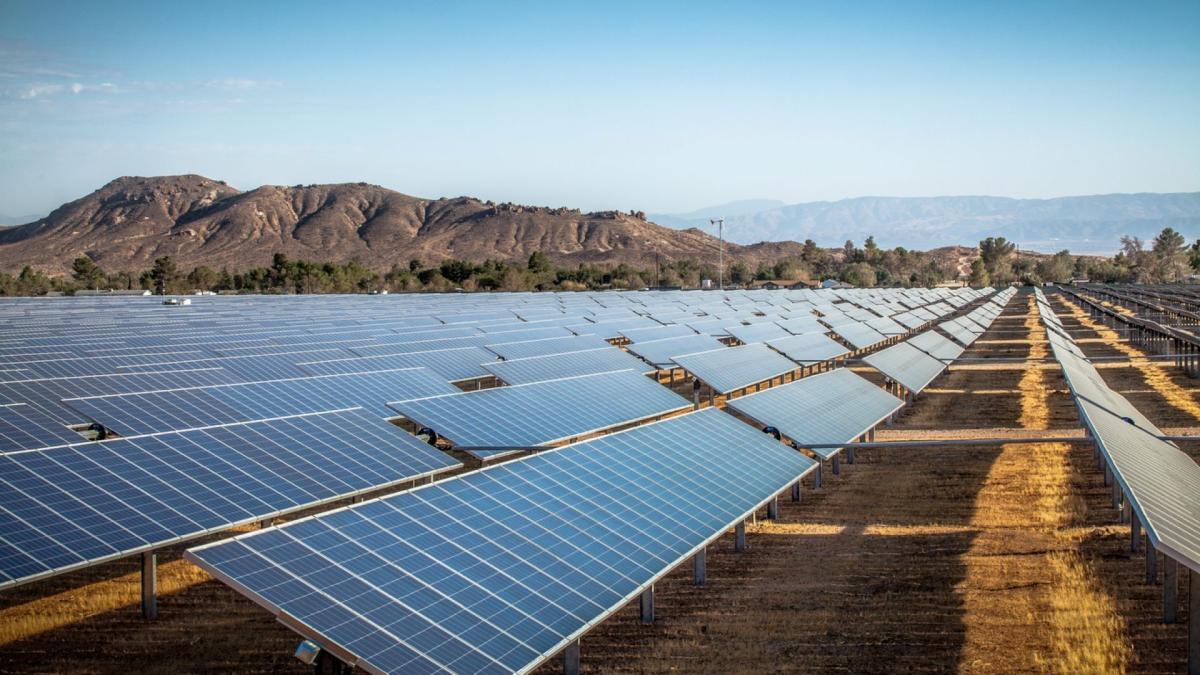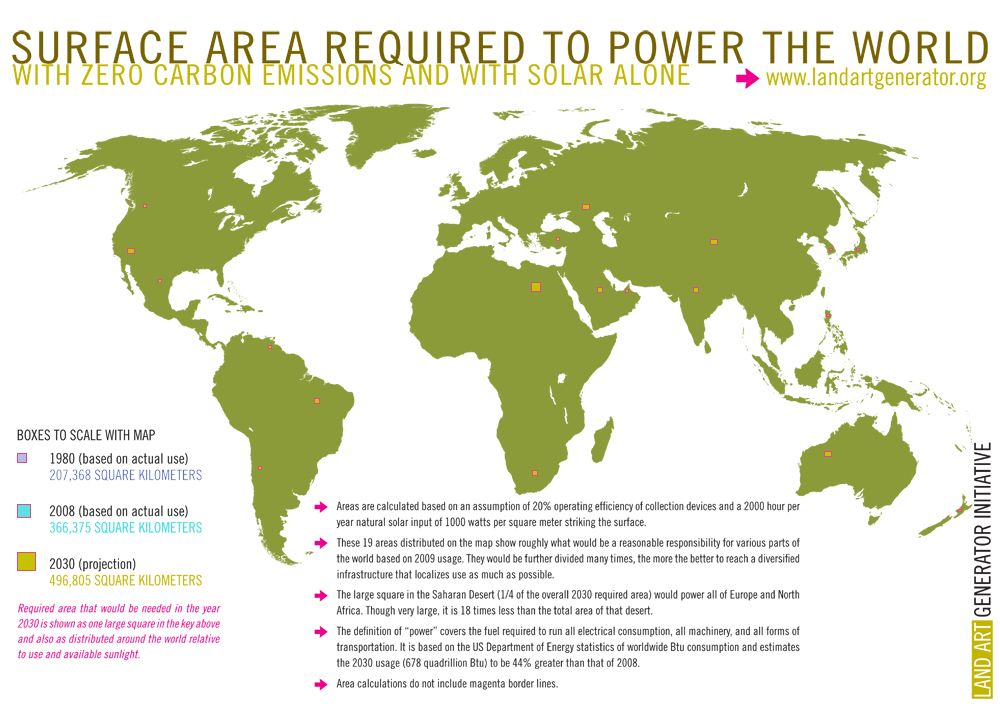Gas Turbines can run on H2. Or you can make CH4 out of H2.
Electrolysis is going to be far cheaper for seasonal storage than running nuclear for ~half the year. And even the ~half of the year nuclear will be more useful you're still not going to need it ~most days.
It's a fairly simple progression.
- Solar is cheap => flood the grid with solar. Make solar fences, put solar on walls, put solar ~everywhere. That will ensure >100% daytime coverage even in winter. And really most solar additions should be ~vertical. Latitude facing solar mostly increases curtailment while vertical increases morning, evening and winter generation. Solar fences!

- When there's sufficient curtailment deploy storage. It's just a question of economics. If Solar is ~$20/MWh and adding capacity increases curtailment by ~50% the adjusted cost is ~$40/MWh. If the cycle life cost of storage is < $40/MWh... add storage... if it's >$40/MWh... keep adding solar until curtailment increases.
- When there's regular daily curtailment even with batteries start splitting water.
Gas turbines will provide 24/7/365 on demand power to ensure reliability. Always. First with CH4 and gradually H2. This is basically how the grid operates now. Because it's cheap and it works.
I'd love for someone to explain how spending $15B for a GW then ~$300M/yr to operate that GW adds any value here....







